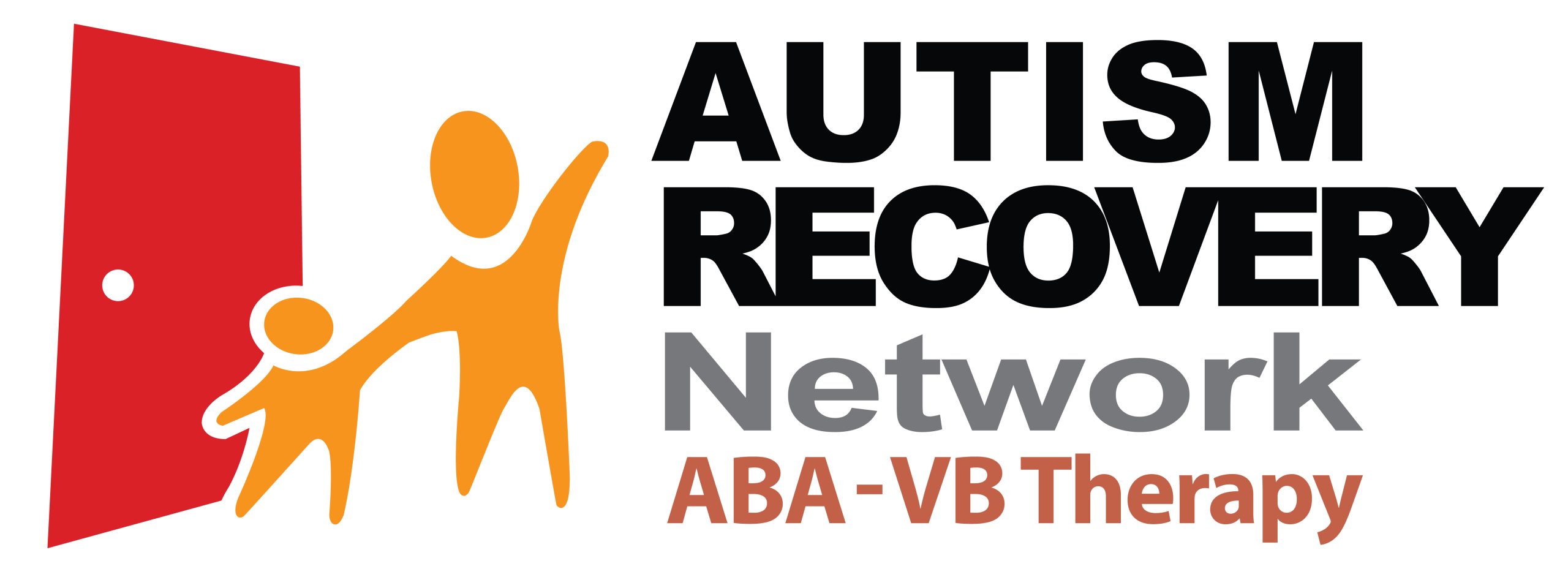Babies that have more brain fluid carry an increased risk of being diagnosed with autism , new research has found.
The huge study found that many toddlers diagnosed with autism at two years of age had a substantially greater amount of cerebrospinal fluid – that cushions the brain and spinal column – when they were babies.
Dr Joseph Piven, from University of North Carolina School of Medicine, discovered the relationship, which means children could get diagnosed with potential autism from as early as six months old – 18 months before usual diagnosis takes place.
They also found that the more CSF at six months – as measured through MRIs – the more severe the autism symptoms were at two years of age.
Dr Piven, co-senior author of the study and the Thomas E. Castelloe Distinguished Professor of Psychiatry and director of the Carolina Institute for Developmental Disabilities, said: “The CSF is easy to see on standard MRIs and points to a potential biomarker of autism before symptoms appear years later.
“We also think this finding provides a potential therapeutic target for a subset of people with autism.”
The findings, published in Biological Psychiatry, point to faulty CSF flow as one of the possible causes of autism.
Fellow study author Dr Mark Shen added: “We know that CSF is very important for brain health, and our data suggest that in this large subset of kids, the fluid is not flowing properly.
“We don’t expect there’s a single mechanism that explains the cause of the condition for every child.
“But we think improper CSF flow could be one important mechanism.”
Until the last decade, the scientific and medical communities viewed CSF as merely a protective layer of fluid between the brain and skull, but they have since discovered it acts as a crucial filtration system.
In this most recent study of CSF, the researchers enrolled 343 infants, 221 of which were at high risk of developing autism due to having an older sibling with the condition.
They discovered 47 of these infants were diagnosed with autism at 24 months, and their infant brain MRIs were compared to MRIs of other infants who were not diagnosed with autism at 24 months of age.
The six-month olds who went on to develop autism had 18 percent more CSF than six-month olds who did not develop it.
Infants who developed the most severe autism symptoms had an even greater amount of CSF – 24 percent greater at six months.
Also, the greater amounts of CSF at six months were associated with poorer gross motor skills, such as head and limb control.
Professor David Amaral, director of research at the UC Davis MIND Institute said: “Normally, autism is diagnosed when the child is two or three years old and beginning to show behavioural symptoms; there are currently no early biological markers.
“That there’s an alteration in the distribution of cerebrospinal fluid that we can see on MRIs as early as six months, is a major finding.”
The researchers found that increased CSF predicted with nearly 70 percent accuracy which babies would later be diagnosed with autism.
Dr Shen added: “In the future, this sort of CSF imaging could be another tool to help paediatricians detect risks for autism as early as possible.”
Link to original article: http://www.mirror.co.uk/lifestyle/health/autism-breakthrough-brain-fluid-link-9977540

